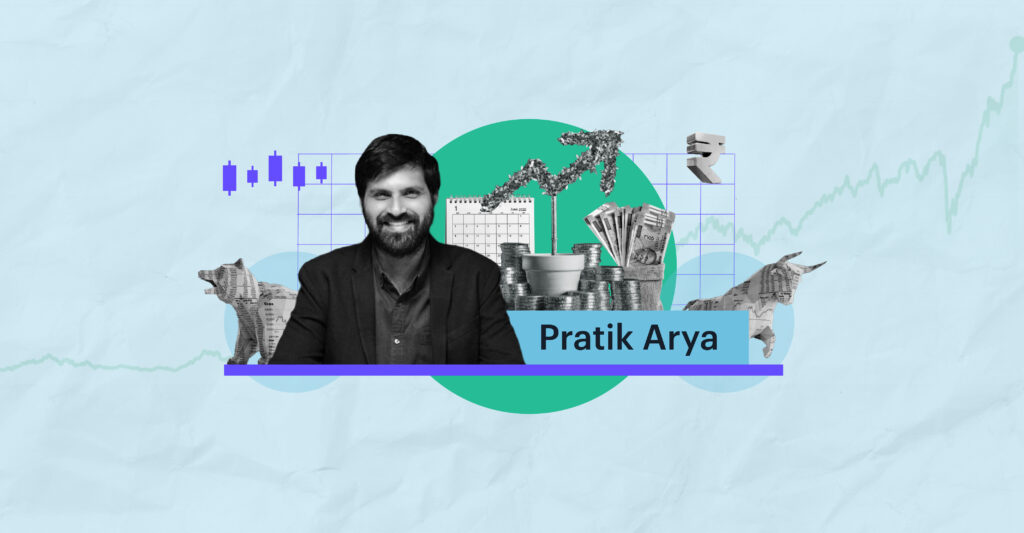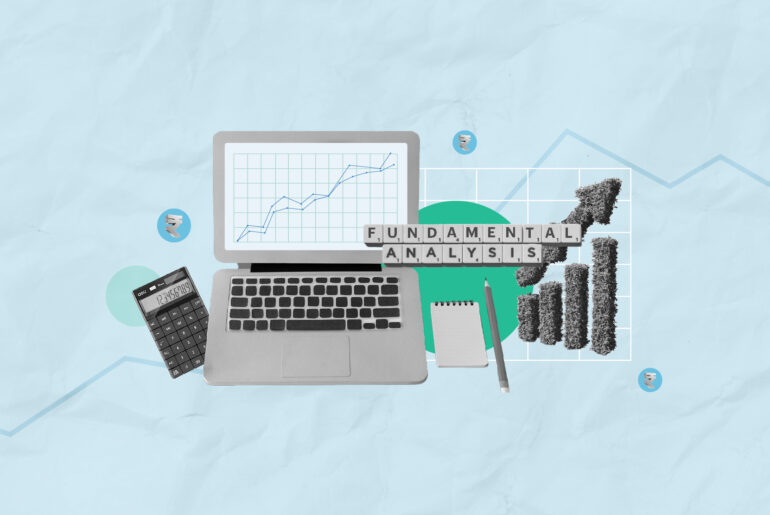Last Updated on Nov 25, 2022 by Anjali Chourasiya
What’s common between shows on Indian television, Equity Markets and a prominent investor Chamath Palihapitiya who for the very good part of the year in 2020 and 2021 claimed that he is better than Warren Buffet!
The common element is the surprising and unexpected turn of events twisting the complete plot of the story. Remember the three-time dialogues in Ekta Kapoor serials “Kya, Kya, Kya?” Just when you are extremely sure, even more than god, about the future, the reverse happens.
From one of the best years for equity markets in 2020 and the first half of 2021 markets, the last eight months have crushed liquidity in markets and have led to severe correction, especially in small caps and mid-caps in India.
Table of Contents
Tsunami under the sea
Well, every good thing comes to an end. Whether it’s a can of chilled beer or the career of great sports stars like Sachin Tendulkar. 2022 is turning out to be one such gut-wrenching period.
All the hyped stocks of media, which were supposed to be high-growth stories, to name a few, even the likes of HDFC Bank, Asian Paints, Divis Labs, cement stocks, and metal stocks are taking a beating in current markets.
The sea (Nifty/Sensex index) may look a bit calm but there’s a tsunami under the sea in both global markets and Indian mid-caps and small-cap stocks. Approximately 50% of the stocks are down by roughly 50% from their 52-week highs and the average drawdown in NSE stocks is 38%.
On the global front, the S&P 500 has one of the worst starts of the year, and NASDAQ (majorly comprising tech stocks) has crashed by more than 20% (officially marked as the start of a bear market). Tech IPOs, SPACs, and Bitcoins, which were investors’ favourites during COVID-19, are down by broadly 30-70%.
So, what went wrong?
What always goes wrong – Recency Bias – they extrapolate based on recent events.
All the businesses that were growing at a good speed for the past decade or in recent periods were assumed by the markets to keep on growing at this speed forever. This leads to market participants giving astronomical valuations to such businesses.
The most important thing for investors in the equity market is to understand that NOT ALL GROWTH is good. Sometimes growing beyond a certain speed actually kills a business and its valuation.
Ironical right?
No and Yes.
If you look at Avenue Supermarts, HDFC Bank, and Asian Paints, you will come to the conclusion that all it takes to generate great returns in equity markets is growth. All the stocks mentioned above have one factor in common – consistent growth in revenues, operating profits and cash flows for a very long period of time.
But as the legendary investor Charlie Munger (Chairman of Berkshire Hathaway and partner of Warren Buffett) always says “Invert, always Invert”. Does this mean that every business that has grown revenues and profits has rewarded shareholders handsomely?
Let’s take an example and I want you to guess the return of this stock in the last 1 yr.
This company has grown revenue at a rate of 174%, 123% and 106% in 2020, 2021, and 2022, respectively. Yes, you read it right, revenues, not profits ?
The correct answer is it is down 75% from an all-time high of 400 and down -44% in the last 1 yr (June 2021- June 2022).
The name of the stock is Snowflake – which was hyped to the next level as Berkshire Hathaway invested some portion of their portfolio into it. This company was once quoting a Price to Sales multiple of 65 (again you read it right not P/E but P/S ratio of 65x and even after correcting -75% from top, it is quoting a price to sales multiple of 17x.)
Similarly, see the fate of some IPOs in India itself like Paytm, Zomato, Car Trade, and so on. Zomato has crashed by 58%, Paytm by 66% and Car Trade by 65%.
Again any guesses on the growth rates of the above businesses?
Car Trade’s revenue grew at a 5-yr CAGR of 32%, Zomato’s at a 5-yr CAGR of 71%, and Paytm’s at a 5-yr CAGR of 44%.
The analyst in the market should know that a company’s valuation multiple is an outcome of the following:
- The growth rates in profits and revenues
- The duration for which this above-average growth rate (greater than the economy) can sustain (called as Growth Advantage Period)
- The level of Return on Invested Capital (ROIC)/Return on Equity (ROE) it can earn
- The duration for which such high returns can be maintained (called as Competitive advantage period or MOAT)
- The Discount Rates/Cost of Capital (also called the opportunity cost of capital)
If a business is growing at a fast rate with ROIC/ROE much lower than its Cost of Capital that actually reduces the valuation of the company rather than increasing it.
Look at it this way – the purpose of a business is to earn more than it is letting go by investing capital in a business.
Now, suppose you have broken your FD (fixed deposit), which was earning you 8%, to start a business. Now, that business has earned on average 6% in the past 5 years, would you put more money into the business to grow it or shut down the shop?
A sane mind should shut down the shop because practically you have lost money at the rate of 2% per annum by starting the business. Now, let’s say, you initially invested Rs 1 cr. into this opportunity. Practically, you lost Rs 1 cr x 2% p.a. That’s a total of 10 lakh in 5 yrs.
Now if you put another Rs 1 cr. in this opportunity, will your losses increase or decrease? (assuming the health of the business remains the same). Obviously, losses will widen. Now, you will lose 2% on Rs 2 cr. A loss of Rs 4 lakh p.a. instead of a loss of Rs 2 lakh p.a.
See here what did growth do?
It increased your losses. In other words, it reduced your valuation, not increased it.
We know a lot of start-ups operate this way. Well, that’s a topic for a separate blog post. ?
When the party stops (bull run), market participants suddenly realise that a lot of businesses were like a pig with lipstick. They were growing but with ROEs much below their opportunity cost/cost of capital actually destroying the value of businesses rather than creating it.
Hence, not all businesses that are growing deserve high valuations. There are a lot of other factors like competitive intensity changing (Asian Paints with the entry of Grasim and JSW in Paints), industry getting saturated (Colgate Palmolive in Toothpaste) etc. that also support our thesis that just because a business has grown at a high rate in the past does not make it deserving of a high P/E today.
How long will this correction last?
There have been multiple instances of sharp reversals in history when even after correcting by 20%, the markets have recovered within 7 days (for example: in 2006, 1997, 1999, and 2012). Sometimes, there are long periods of drawdowns where the market remained below the 20% correction level for more than a year (For example: 1992-1993, 1995, 2008, and 2000-2003).
Let us end this on a positive note.
To quote Dumbledore of Harry Potter – “it’s always darkest just before the dawn”.
For investors willing to work hard, there are always investable ideas available in every kind of market. It’s not all gloomy for Indian investors as there are some sweet spots, which are promising out to be excellent zones of investing (growth + reasonable valuations) like, businesses related to data centres, capital goods segment, agro-chemicals space, defence, etc. Hope next time when you see a growing business, you will be well equipped to analyse it.
- Science and Investing – Are There Any Similarities? - Nov 17, 2022
- Does Business Cycle Affect Valuations? - Nov 1, 2022
- Why Growth Stocks Are Falling Maximum in a Rising Rate Environment? - Oct 13, 2022





